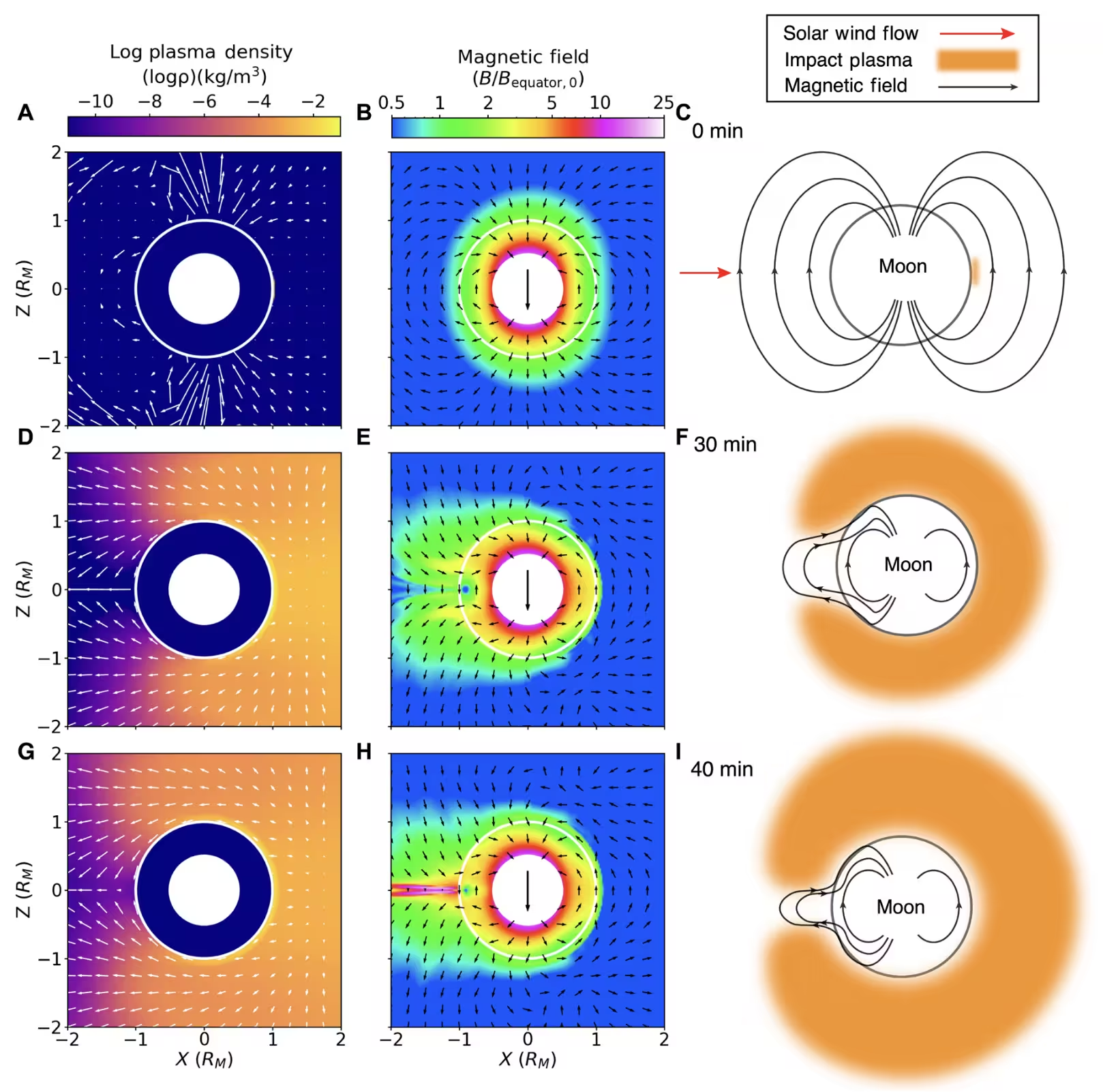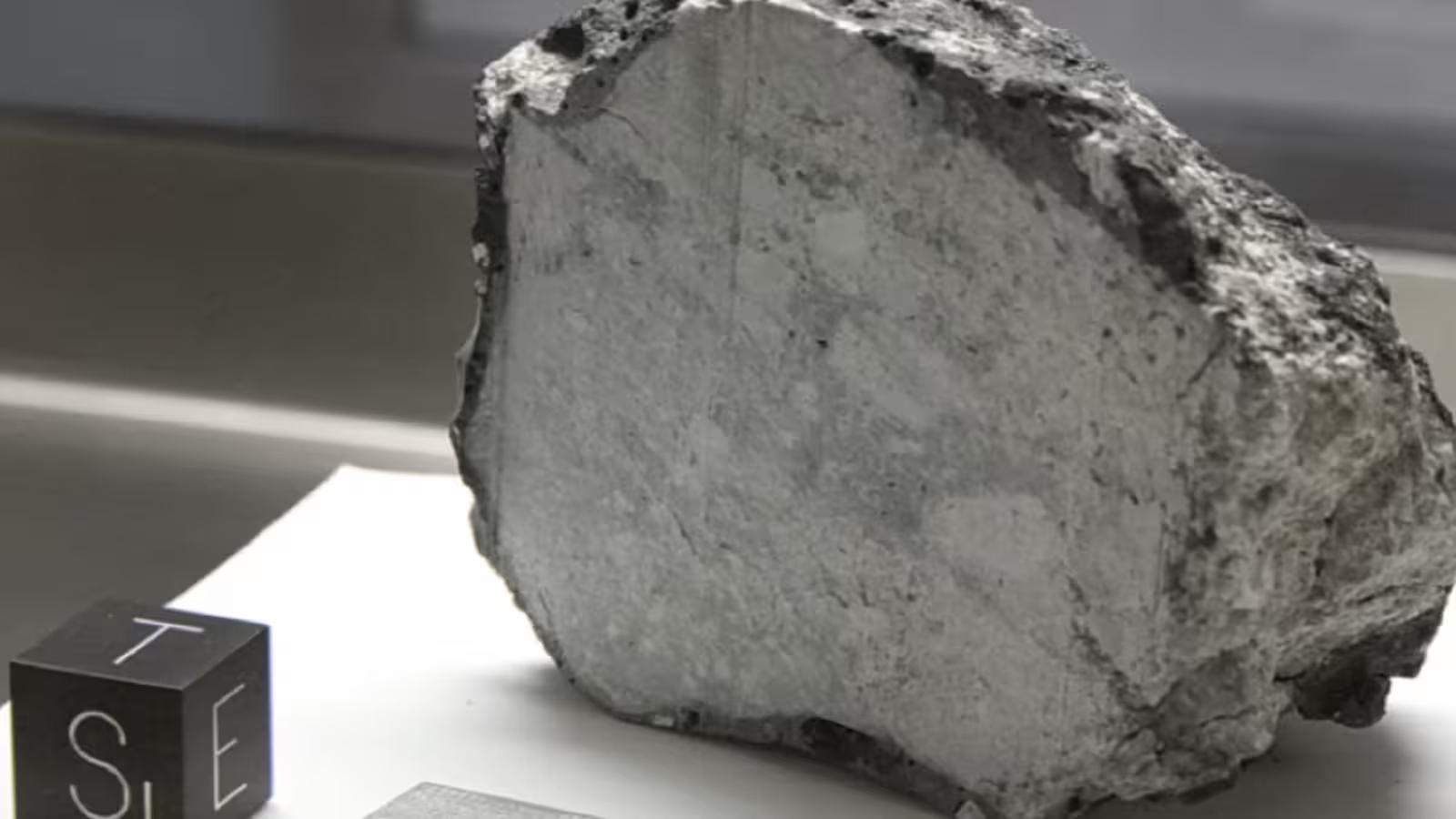The Enigma of Magnetic Moon Rocks
Since the iconic Apollo missions, NASA's astronauts have brought back invaluable lunar rock samples, enabling decades of scientific discoveries about the Moon's history and evolution. However, a puzzle has persisted: many of these lunar samples display signs that they were once exposed to intense magnetic fields—comparable in strength to Earth's own magnetic field—even though, today, the Moon has virtually no global magnetic field. This long-standing mystery has driven planetary scientists to explore how these ancient rocks acquired their magnetism.
Foundations of the Mystery: Moon’s Magnetic History
Observations from lunar orbiters and analyses of samples returned not only by Apollo but also by recent Chinese missions like Chang’e 5 and Chang’e 6 have revealed that the early Moon likely sustained some kind of magnetic presence, albeit far weaker than Earth's. Traditionally, geomagnetic fields in planetary bodies arise due to the dynamo effect: molten metals swirling within a planet's core generate powerful, long-lasting magnetic fields. However, the Moon's small iron core and the fact that its mantle was not substantially cooler meant that convection—and thus a vigorous dynamo—seemed unlikely according to thermal models.
Competing Theories: Dynamo Action vs. Impact Effects
In response to this conundrum, scientists have proposed various hypotheses:
- Dynamo-Driven Magnetism: A 2022 study posited that, during the Moon’s first billion years, a process called gravitational overturn occurred. As the primordial lunar magma ocean cooled, heavier minerals—like titanium—crystallized just below the surface and eventually sank toward the Moon’s core. This movement may have created enough temperature variation to periodically generate convection in the liquid core, potentially producing transient but strong magnetic fields. This could account for why only some lunar rocks preserve a strong magnetic imprint.
- Impact-Induced Magnetism: Other researchers have argued that dynamo action may not have been required at all. A 2021 experiment re-examined Apollo 16 samples using sensitive CO2 laser techniques to avoid disturbing their internal magnetic record. The findings suggested that the observed magnetic signals could have instead resulted from meteorite or comet impacts, which generate brief, localized magnetic fields during intense heating events.
Latest Insights: Linking Asteroid Impacts to Lunar Magnetism
A new study led by MIT's Benjamin Weiss and Rona Oran, published in Science Advances, proposes a compelling unified theory that marries these earlier ideas. The researchers investigated whether a colossal asteroid collision during the Moon's early history could have dramatically boosted its faint, pre-existing magnetic field, resulting in the strong magnetic signatures embedded in some lunar rocks.
To investigate, Weiss and Oran simulated asteroid impacts similar in scale to the event that created the Moon’s massive Imbrium basin. Their models began with a Moon possessing a weak dynamo-generated magnetic field (roughly 50 times less powerful than Earth’s) and examined what would happen if a large impact occurred. The results showed that such a collision could eject a vast cloud of extremely hot plasma, some of which would flow outward into space, while the remainder would encircle the lunar surface. For around 40 minutes, this plasma motion could amplify the existing lunar magnetic field multiple times over.
Crucially, the impact would also produce a powerful shockwave, similar to seismic tremors, rattling the surrounding rocks. This transient amplification could realign the subatomic spins of particles within the rocks, locking in a new, stronger magnetic orientation—effectively recording the brief magnetic surge produced by the impact.
Weiss offered an analogy: imagine tossing a shuffled deck of playing cards (each equipped with a tiny compass needle) into the air inside a magnetic field. When the cards land, their compasses now point in new directions, reflecting the field's changed orientation. Similarly, lunar rocks could "memorize" the magnetic field existing at the very moments they were struck and altered by ancient impacts.

Implications, Uncertainties, and the Path Forward
This scenario, while compelling, suggests that the perfect alignment of a major impact, the presence of a weak magnetic field, and optimal rock conditions were required—a sequence that may not have occurred frequently. Nonetheless, the hypothesis offers a potential explanation for the patchy distribution of magnetism among Apollo samples: only rocks subjected to intense shock near the time of transient magnetic field surges would display strong remanent magnetism.
Future confirmation may be possible by analyzing pristine lunar samples that preserve both high magnetization and evidence of impact shock. Historically, shocked lunar rocks were set aside or discarded in sample curation, but scientists now recognize their significance in unraveling the Moon's magnetic history.
Upcoming Missions and Future Technologies
The scientific community is keen to leverage upcoming lunar explorations, particularly NASA’s Artemis program, which aims to return new rock samples from unexplored lunar territories in the coming years. As Artemis II and Artemis III aim to land astronauts on the surface and bring back fresh material, researchers hope to find telltale signs—such as paired magnetic signatures and structural shock patterns—that can decisively validate or refute the impact-amplification theory. However, NASA's long-term lunar science efforts depend on sustained funding, which remains uncertain amid ongoing budget pressures.
Conclusion
The origin of lunar rock magnetism is a fascinating detective story at the intersection of planetary geology, space mission science, and magnetic physics. The latest research led by MIT suggests that brief, intense magnetic episodes triggered by gigantic asteroid impacts may have supercharged the Moon's ancient, weak magnetic field long enough to leave an indelible mark in the Moon's rocks. With powerful new analysis tools and sample-return missions on the horizon, the coming decade may see this lunar mystery finally solved, offering fresh insights into the early history not only of the Moon but of rocky planetary bodies throughout the solar system.


Comments
Leave a Comment